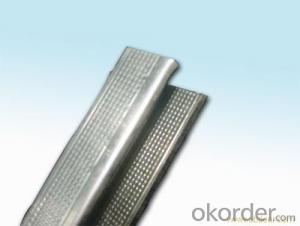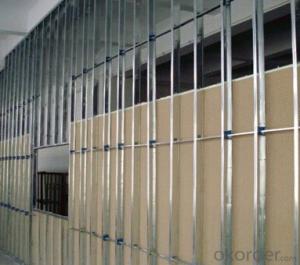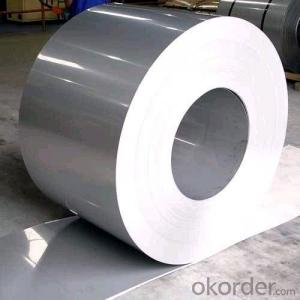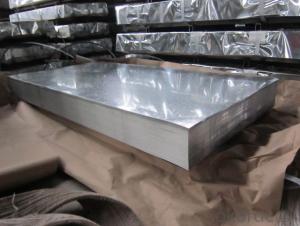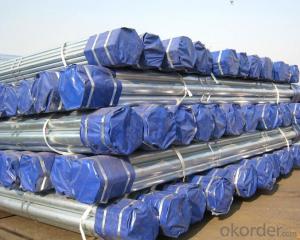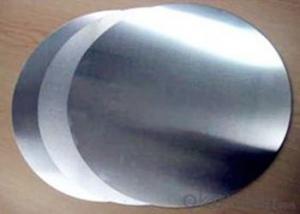Anodizing Stainless Steel
Anodizing Stainless Steel Related Searches
Best Paint For Stainless Steel Blanket Insulation For Steel Buildings Primer For Galvanized Steel Foam Filter For Stainless Steel H S Code For Stainless Steel Surface Grinding Wheels For Stainless Steel Surface Grinding Wheels For Hardened Steel Hole Saw For Stainless Steel Paint For Stainless Steel Stainless Steel For BbqHot Searches
Steel Mesh Panels For Sale Price For Stainless Steel Scrap Scrap Price For Stainless Steel Price For Stainless Steel Stainless Steel Tank For Sale Stainless Steel Sheets For Sale Cheap High Tea Sets For Sale Stainless Steel Tanks For Sale Stainless Steel For Sale High Density Fiberboard For Sale Solar Hot Water Collectors For Sale Scaffolding For Sale In Uae Scaffolding For Sale In Ireland Scaffolding For Sale In Houston Type Of Inverter For Solar Price Of Shipping Containers For Sale Types Of Inverter For Solar Stock Price For Aluminum Used Solar Inverter For Sale Steel Mesh Panels For SaleAnodizing Stainless Steel Supplier & Manufacturer from China
Okorder.com is a professional Anodizing Stainless Steel supplier & manufacturer, offers integrated one-stop services including real-time quoting and online cargo tracking. We are funded by CNBM Group, a Fortune 500 enterprise and the largest Anodizing Stainless Steel firm in China.Hot Products
FAQ
- What are the aluminum profile markets in Cangzhou, Renqiu?
- Aluminum market, located in Renqiu city in Yi Zhen Zhang Liu Zhuang industrial area, if you find a direct about Liu Zhuang industrial zone can be. Known as the North's largest aluminum production base, I look not so good
- Does aluminum alloy profile conduct electricity?
- Aluminum conducts well, and aluminium alloys must also be electrically conductive. But aluminum alloys contain impurities such as silicon and magnesium
- Aluminum profiles are known for their excellent sound transmission loss performance. Due to their dense and rigid nature, aluminum profiles effectively block and reduce the transmission of sound waves. The metal's inherent properties, such as high density and low resonance, make it an ideal material for sound insulation applications. Additionally, aluminum profiles can be designed with various shapes and thicknesses to further enhance their soundproofing capabilities. Overall, aluminum profiles offer great sound transmission loss, making them a popular choice for applications where noise reduction is desired, such as in building construction, automotive industry, and HVAC systems.
- Aluminum profiles offer numerous advantages when incorporated into interior design. To begin, their versatility allows for a wide range of applications. They can be easily customized and fabricated to meet various design requirements, whether it be for a modern or traditional interior. This flexibility makes aluminum profiles an ideal solution. Furthermore, despite their lightweight nature, aluminum profiles are remarkably durable. They resist corrosion, moisture, and temperature changes, ensuring a long lifespan. This durability also translates into minimal maintenance, saving time and money in the long term. Another benefit lies in the aesthetic appeal of aluminum profiles. With various finishes, colors, and textures available, designers can achieve their desired look and feel. Aluminum profiles can be anodized, powder-coated, or polished, resulting in a sleek and contemporary appearance. Additionally, they can mimic other materials like wood or stainless steel while retaining the advantages aluminum offers. Moreover, aluminum profiles possess excellent thermal and acoustic insulation properties. They regulate temperature and reduce noise levels, creating a more comfortable and serene environment. This proves especially advantageous in spaces where soundproofing or energy efficiency is essential, such as offices, hotels, or residential areas. Lastly, aluminum profiles contribute to eco-friendliness and sustainability. Aluminum is highly recyclable, and incorporating it into interior design helps reduce waste and minimize environmental impact. Furthermore, these profiles enhance energy efficiency by allowing natural light to enter a space, minimizing the need for artificial lighting during daylight hours. In conclusion, the advantages of aluminum profiles in interior design encompass versatility, durability, aesthetic appeal, thermal and acoustic insulation, and sustainability. These qualities make aluminum profiles a favored choice for designers and architects seeking to create functional and visually captivating spaces.
- The water resistance properties of aluminum profiles are exceptional. Aluminum itself has inherent resistance to corrosion, and when properly coated or anodized, it becomes even more resistant to water damage. Through the coating or anodization process, a protective layer forms on the aluminum surface, acting as a barrier against water penetration. Aluminum profiles find widespread use in various applications that involve exposure to water, such as windows, doors, and outdoor structures. Thanks to their water resistance properties, they can withstand moisture, rain, and humidity without deteriorating or rusting. Moreover, aluminum profiles have the advantage of being lightweight, making them ideal for water-related environments like marine applications. Despite their lightweight nature, they offer high strength and durability, enabling them to endure the harsh conditions associated with water contact. To summarize, aluminum profiles possess excellent water resistance due to their natural corrosion resistance and the protective coatings or anodization they undergo. This makes them a reliable choice for applications expecting water exposure, ensuring long-lasting performance with minimal maintenance needs.
- How to identify and distinguish the inferior aluminum profile and the poor aluminum profile four?
- Third, the chemical composition is not qualified.Some manufacturers in order to retain customers, at the incorporation of a large number of miscellaneous scrap aluminum, aluminum can greatly reduce the cost, but will lead to industrial aluminum unqualified chemical compositions, seriously endanger the life of aluminum.Fourth, reduce the wall thickness of profiles.
- What are the ten brands of aluminum alloy profiles?
- Top ten list of Chinese aluminum profiles Enterprises1 、 aluminum material(China Aluminum Group, China's top ten aluminum enterprises, central management of large state-owned enterprises)2 - Asia - South Asia(China famous trademark, China famous brand, China aluminum profile enterprise ten, Guangdong Asia Aluminum Factory Co., Ltd.)3, the United States and aluminum(A Well-Known Trademark in China, China brand, China aluminum enterprise ten, Guangdong Jianmei Aluminum Profile Factory Co., Ltd.)4, South South aluminum(China famous brand, Guangdong famous brand, Guangdong famous brand product, Guangdong south south Aluminum Industry Co., Ltd.)5, Zhong Wang aluminum(China famous brand, China famous brand, Liaoning famous brand product, China Zhong Wang Holdings Limited)6, Hing Fat aluminum(China brand, A Well-Known Trademark in China, China aluminum enterprise ten, Xingfa Aluminum Holdings Limited)7, pillars of aluminum(listed companies, Chinese famous brands, China's well-known trademarks, China's aluminum enterprises ten, Zhejiang pillars, new materials, Limited by Share Ltd)8 、 Nanshan aluminum material(China famous brand, China well-known trademark, ten aluminum profile enterprises in China, Shandong Nanshan aluminum & Limited by Share Ltd)9, the court aluminum profiles(China's well known trademark, China's top ten aluminum enterprises, Polytron Technologies Inc, Shanghai aluminum Fair)10, Albert aluminum(China famous brand, Guangdong famous brand, Guangdong famous brand product, Guangdong Weiye aluminium factory Co., Ltd.)
- Aluminum profiles have several options available for surface engraving. Some of the most common techniques include: 1. Laser engraving: Achieving precise and clean results, laser engraving uses a high-powered laser to etch intricate patterns and fine details onto the aluminum profile. 2. Diamond drag engraving: Also known as diamond scratch engraving, this method scratches shallow grooves onto the surface of the aluminum profile using a diamond-tipped tool. It is suitable for creating logos, serial numbers, or simple designs. 3. Chemical etching: Custom designs, patterns, or textures can be created on the aluminum profile by using a chemical solution to selectively remove specific areas. 4. Mechanical engraving: A rotating cutting tool is used to engrave the aluminum profile in this method. It is commonly used for basic text or simple designs and can be performed manually or with the assistance of a CNC machine. 5. Sandblasting: By shooting a high-pressure stream of sand or other abrasive materials onto the surface of the aluminum profile, sandblasting creates a textured surface and achieves a matte or frosted finish. Each of these engraving options offers unique benefits and should be chosen based on the desired outcome, complexity of the design, and budget considerations. When selecting the most suitable engraving method for aluminum profiles, it is important to consider factors such as durability, precision, and aesthetic appeal.
